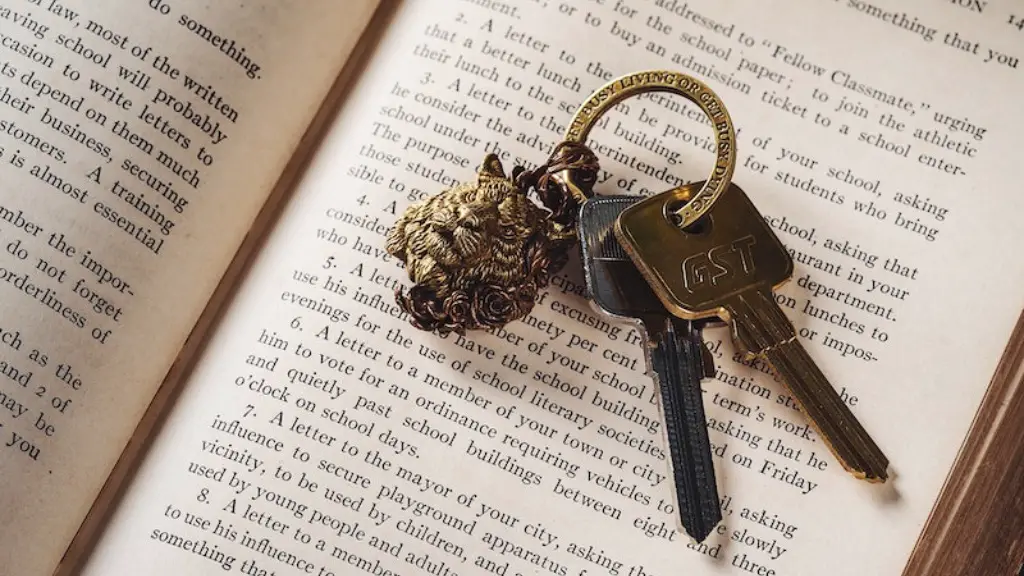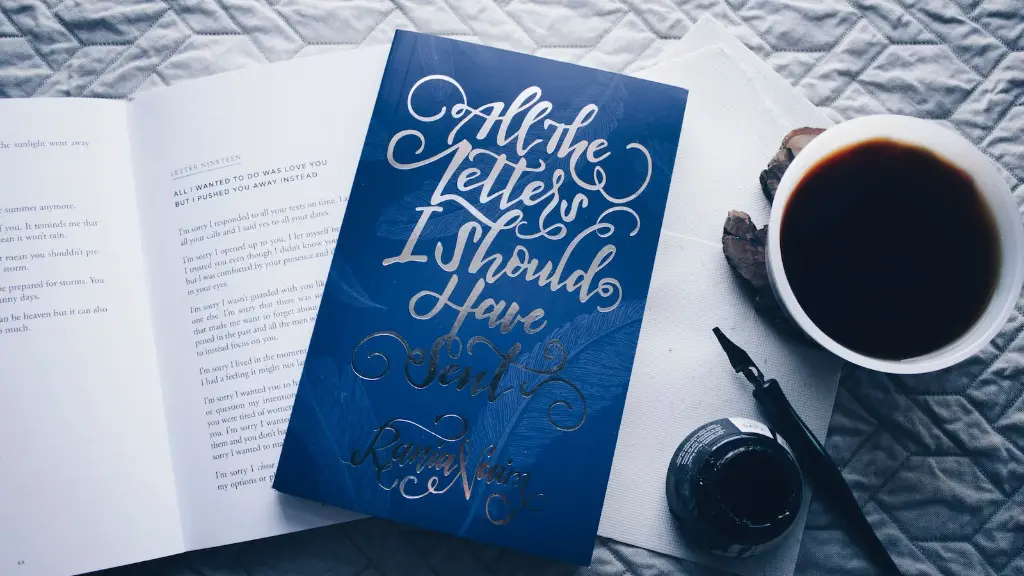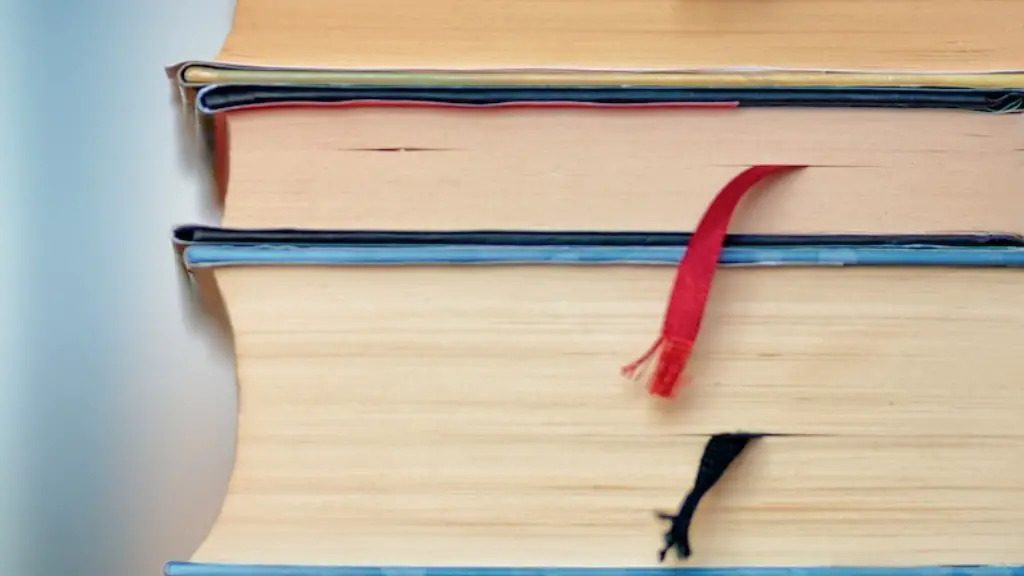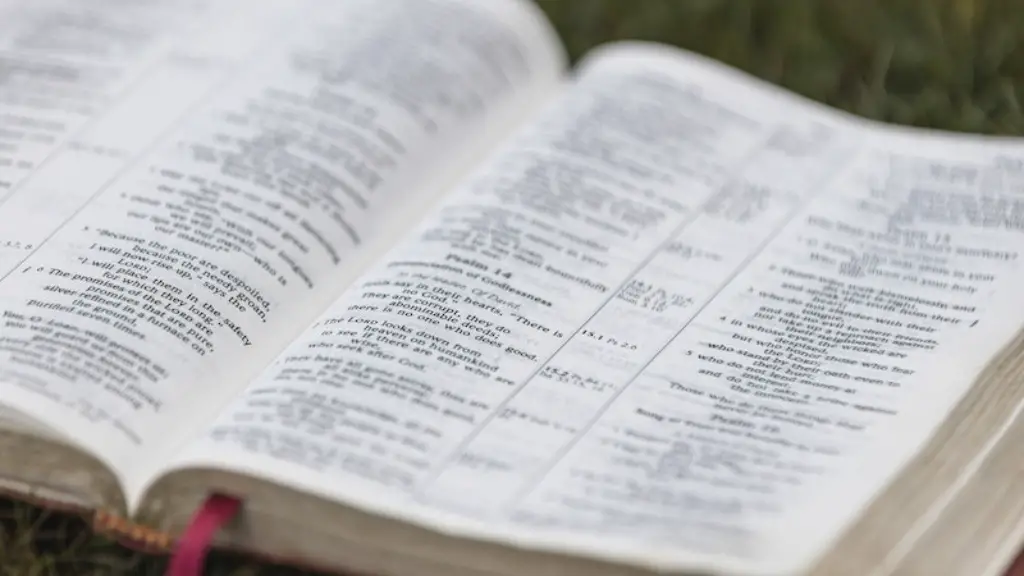Introduction
Poetry has been around since ancient times, however the question of its purpose is centuries old and still unresolved. Does it make any sense, is it simply an expression of feelings and emotion? Is it something that can exist without any structure, rhyme or reason? These questions can give readers pause as they try to decide what qualifies as good poetry, or even poetry at all. In this article we will explore the concept of does poetry have to make sense and what it means for writers and readers alike.
Historical Perspective
Since the dawn of time, poets have made their mark on the scene by pushing the boundaries of writing. From H.D. Thoreau to W.B. Yeats, all have tried to create something that expresses emotion and experience in a way that was different from traditional prose. Historically, the study of poetry has been rooted in the idea that it must make sense, follow a form, and be understood.
In the modern era, however, there are many writers and readers who reject this traditional framework and argue that poetry should contain no sense, focusing instead on creativity and expression. The modernist poets are a prime example of this, writing works that focus on abstractions, experimentation, and nonlinear storylines.
Different Perspectives
When asking the question “Does poetry have to make sense?”, the answer is ultimately subjective. Many traditionalists would argue that there should be some amount of coherence and order in poetry, and that understanding should be the ultimate goal. On the other hand, modernists would argue that there’s no need for clear structure or meaning, and that the focus should be on the experience of writing and reading the poems.
There are some, however, who take a middle ground. These people believe that poetry should balance between form and chaos, with a structure that may not always be easy to discern but can still be interpreted. For them, the words and images used may not always make sense, but they should leave an impression on the reader.
Educating the Reader
The idea of “making sense” in poetry may seem abstract and difficult to define. It’s important for readers to understand that making sense does not necessarily mean understanding every single word and image used in a poem. Rather, it means understanding the overall concept or idea that the poem is trying to convey.
This understanding does not have to be literal, either. It can be something more abstract such as a feeling, a mood, a theme, or even just a passing thought. It’s important to remember that poetry is both an art form and a form of communication, and the goal of making sense is to ensure that readers get the message the poet is trying to impart.
Limits on Expression
When it comes to the concept of making sense in poetry, it’s important to remember that it also imposes certain limits on expression. While some may argue that imposing structure and meaning on poetry can be restrictive, it can also make room for new ideas and themes to be expressed. It’s not always necessary to follow traditional rules of form and structure, but being aware of them and choosing to either follow or reject them can help the poet to create something unique and meaningful.
Incorporating Art
Poetry can also incorporate visual art, allowing the poem to tell a story in a new and creative way. Visual art can help to draw in a reader, as it often carries its own symbolism and imagery that triggers an emotional reaction. By incorporating visual art into a poem, the author can lead the reader to a certain conclusion or provide a particular insight. This can be done by perfectly balancing the poem and the art, or by simply creating a powerful contrast.
Grammar and Syntax
In order for a poem to make sense, it must follow a set of rules both in terms of grammar and syntax. It’s important for the author to be aware of these rules and adhere to them as much as possible. Grammar and syntax can give words power, and when used correctly, it can be an invaluable tool for conveying an idea or emotion.
Engaging the Reader
Finally, for a poem to make sense, it must engage the reader. A poem should have a purpose, and engaging the reader can help to ensure that it is understood. This can be done through word choice, structure, and even through visual art. Poems can be powerful when they evoke emotion in the reader, and by engaging them they can make a lasting impact.
Exploring the Topic Further
The Role of Puzzle Pieces in Poetry
When exploring the topic of interpreting poetry, it’s important to consider what role individual words and phrases play in creating meaning. To many, the pieces of words that make up a poem can feel like snippets of a puzzle, with each individual piece forming part of the larger image. When it comes to interpreting poetry, it’s often useful to consider the puzzle pieces, to identify the individual components and how they interact to form a greater work.
At the same time, it’s important to remember that pieces of a puzzle can have multiple meanings or interpretations, and this is especially true when it comes to poetry. By understanding the components and their significance, readers can gain a better understanding of the poem as a whole.
The Role of Music
Music and poetry have long been intertwined, and understanding the nuances of each can help to better interpret a poem. Music can add a layer of understanding to a poem that may not be present with only words alone. By listening to a piece of music as a poem is being read, readers can gain a greater appreciation of the poem’s structure, imagery, and themes.
Music also adds a sense of rhythm and cadence to a poem that can be used to help the reader better understand what is being communicated. Music can add more meaning to a phrase, or provide a deeper insight that words may not be able to convey. This can help readers to better understand a poem, and in some cases, it can make it easier to interpret.
Exploring Relationships and Connections
Another way of understanding a poem and deciding if it “makes sense” is to consider the relationships between the pieces. In a poem, each piece should relate to each other, either directly or indirectly. Paying attention to the connections between words and phrases can help readers understand the poem’s overall message. This can be done by looking for patterns or themes that may be present in the poem, or even by looking for subtle clues that suggest a relationship between the words.
It’s important to remember that this is more of an interpretive process than a scientific one, and in many cases there may be no right or wrong answer. Poems can often be interpreted in numerous different ways, giving readers a greater appreciation of the poem as a whole.
Connecting with the Poet
Finally, when trying to understand a poem, it can be helpful to connect with the poet. By connecting with the poet’s experiences, emotions, and ideas, readers can gain a greater understanding of the poem. This can be done through research or simply through speculation, but in either case it’s important for readers to try to understand what the poet was trying to communicate.
Once readers have a better understanding of the poet’s point of view, they can often better interpret the poem. By trying to “put themselves in the poet’s shoes”, readers can gain a better understanding of what was written and why. This can be a powerful tool for interpreting a poem and deciding if it “makes sense”.



